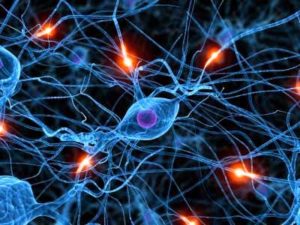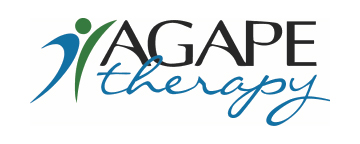29 Jul Pain: Part 2

Have you ever heard the phrase; the pain is all in your head? This statement may seem cliché, but it is very true. The key to getting the pain out of your head is having an understanding of what pain is. People who better understand their pain actually experience less pain. Most people think that injury and pain go hand in hand. Once the damaged tissue is healed, then the pain will go away. But this is not always correct. Ongoing pain is due to a more sensitive nervous system. Learning the biological processes of pain is called therapeutic neuroscience education. It has been shown that teaching people about their pain has both immediate and long-term effects.
There are many nerves in your body. They are constantly sending signals to your brain about the surroundings. When something happens, like you break a bone, your nerves set off an alarm telling your brain to address the problem and avoid further injury. This alarm is pain. As the bone heals, the alarm should decrease. You will still feel pain for the next few weeks but normally it will gradually subside. In one in four people, though, the alarm stays firing and the pain remains after the tissues have healed. The nerves are extra sensitive. The slightest movement will lead to pain so you think that there must be another injury somewhere.
The point of therapeutic neuroscience education is to teach people that the chronic pain they feel is due to extra sensitive nerves, not tissue damage. Focusing on strategies that help calm down your alarm system can help you regain movement, experience less pain, and return to normal function.


